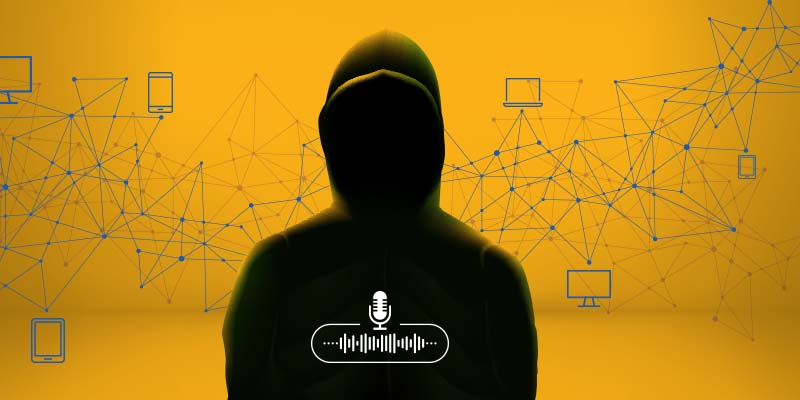For many U.S. workers the switch to remote work is a permanent one. That means more high-stakes work is being conducted on self-configured home networks. For others, home networks are simply hosting more devices as smart doorbells, thermostats and refrigerators now connect to the internet.
Security experts warn that while the internet of things (IoT) isn’t inherently a bad thing, it does present concerns that must be considered. Many devices come pre-configured with inherently poor security. They often have weak or non-existent passwords set as the default.
As our guest and host Joe Panettieri discuss, these are issues that would be addressed on corporate networks by a professional IT administrator. The conversation covers the issues of IoT and home network security both from the perspective of the average family household and what the age of remote work means for employees working on their own networks.
Security intelligence director Grayson Milbourne brings a unique perspective to the podcast. Having held senior roles in both threat intelligence and product management, Milbourne is acutely aware of what the threats security products come up against. He knows both the cyber threat landscape and the consumer internet security market, so he’s able to provide insightful advice for how tech-loving homeowners can keep personal networks powerful and protected.
Milbourne suggests problems of IoT and home network security could be addressed with a cybersecurity version of ENERGY STAR ratings. A program could formalize current IoT security best practices and incorporate them into a standard consumers recognize.
During this informative podcast, Panettieri and Milbourne discuss that idea and more cybersecurity topics related to IoT devices. They cover:
- The difference between device security and the security of the app used to control it
- How to leverage user reviews while researching IoT devices and what security concerns to check on before buying
- Privacy and data collection issues, including why one of the most common IoT devices may be among the most intrusive
- Configuring IoT devices to prevent them from joining rogue IoT zombie networks






